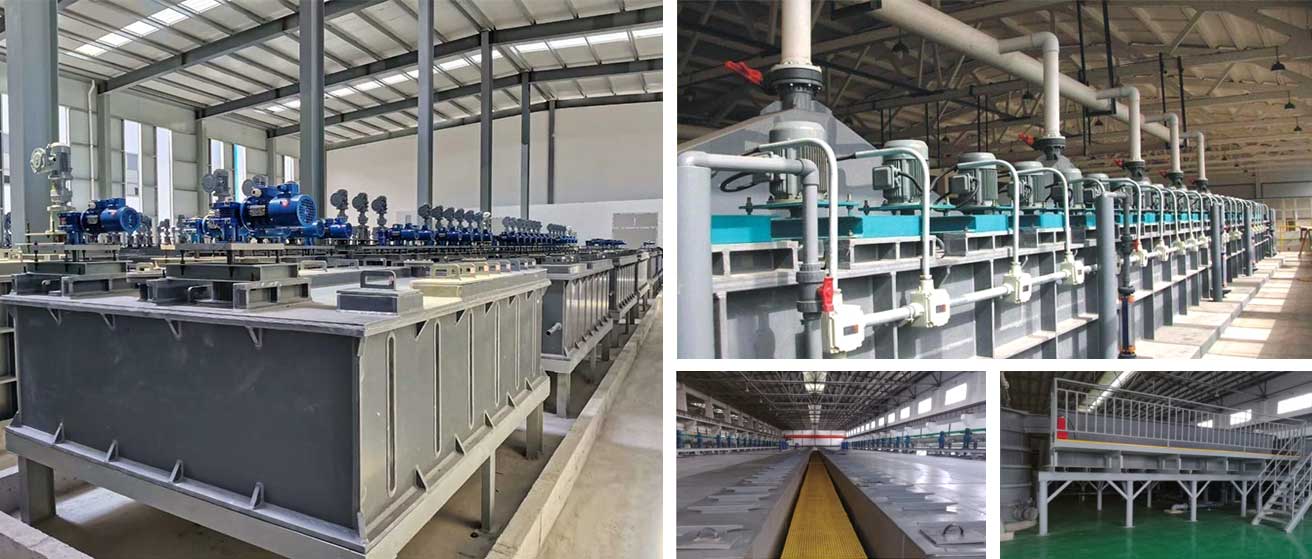Foam produced during
Mixer Settler extraction can have several effects on the extraction process. Here are some of the main effects:
1. Loss of efficiency: Foam can lead to decreased efficiency of the extraction process. This is because foam takes up space in the settler section, reducing the available area for the separation of the two immiscible phases (such as water and organic solvent). As a result, the contact time between the two phases is reduced, leading to lower extraction efficiency.
2. Mass transfer limitations: Foam formation can inhibit the mass transfer of the solute between the two phases. The foam layer can act as a diffusion barrier, slowing down the transfer of the desired solute from the organic phase to the aqueous phase. This can result in incomplete extraction and lower product yields.
3. Phase mixing: Foam generated during extraction can also cause phase mixing or emulsion formation. The presence of foam can promote the formation of stable emulsions, where the two immiscible phases are finely dispersed and difficult to separate. Emulsions can be challenging to break, requiring additional separation steps or the use of demulsifying agents, thereby increasing the complexity and cost of the extraction process.
4. Difficulty in settling: As the name suggests, a Mixer Settler system requires a settling step for the separation of the two phases. However, the presence of foam can impede the settling process. Foam tends to have a lighter density than the desired phases, and it can create a floating layer or hinder the sedimentation of the organic and aqueous phases. This can result in prolonged settling times or insufficient phase separation, impacting the overall process efficiency.
5. Equipment clogging and damage: Foam generated during the extraction can cause equipment-related issues. It can accumulate in pumps, mixers, valves, or other process equipment, leading to clogging and impairing their performance. Foam can also cause damage by eroding surfaces or interfering with the proper operation of mechanical components. These issues may require regular maintenance, cleaning, or even replacement of equipment parts, adding to the operational costs of the extraction process.
To mitigate these effects, several strategies can be. These include enhancing coalescence and foam breaking mechanisms, adjusting the operating to minimize foam formation, using antifoaming agents or defoamers, incorporating additional separation units like centrifuges or filters to aid in foam removal. Ensuring proper design operation of the Mixer Settler system is crucial to minimize the negative impacts of foam on the extraction process.
